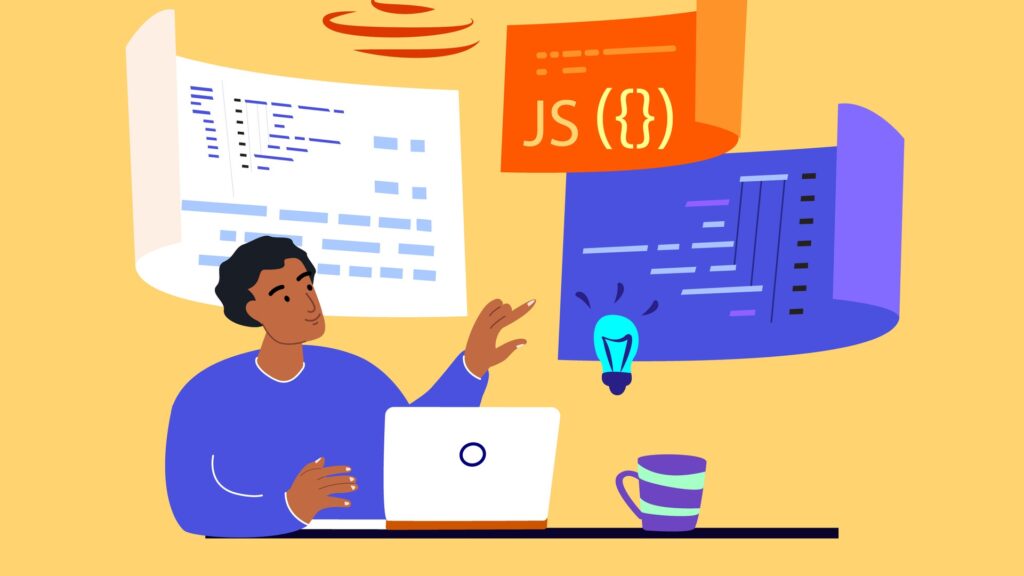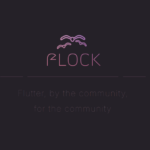
A frontend dev never sleeps! Here are some noteworthy trends, approaches and resources that will undoubtedly pique your interest and elevate your development endeavors.
We attended the amazing talk by Tejas Kumar during the Codemotion Conference 2023 in Milan, where he shared some amazing trends that will mark the 2024 frontend dev calendar.
This article is partly based on his talk and some other insights shared by the Codemotion community.
CSS Not Dead
CSS is defying naysayers and emerging as an increasingly robust tool. Despite its inherent limitations, CSS is stepping into a new era with the infusion of cutting-edge features and frameworks, most notably Tailwind CSS.
New CSS Features and Resources
- Container Queries
Tailoring styles based on the dimensions of the container opens up dynamic possibilities for responsive designs. Container queries provide more granular control, allowing developers to finely tune the appearance of elements within specific containers.
- Nesting
The introduction of nesting in CSS simplifies the structure of stylesheets, enhancing readability and organization. Nesting enables developers to encapsulate styles within specific contexts, streamlining the codebase.
- Viewport Units
With viewport units, CSS gains a powerful tool for responsive design. Developers can now specify lengths and sizes relative to the viewport dimensions, ensuring a seamless and adaptable user experience across various devices.
- Tailwind CSS Toolkit
Born in 2017 but growing rapidly in popularity today, Tailwind CSS takes center stage with promises of improved performance, enhanced developer experience (DevX), and minimized bundle sizes. Tailwind is open-source and enables devs to use pre-existant utility classes right into HTML code.
Backend for the Frontend (BFF): A New Dimension in Frontend Development
The delineation between frontend and backend has become more nuanced with the introduction of Backend for the Frontend (BFF) patterns. This innovative approach adds a new layer of control for frontend developers, bridging the gap between the two worlds. Let’s take a closer look at it.
What’s a BFF pattern?
The BFF (Backend for the Frontend) pattern is a design approach in software development where a dedicated backend service is created specifically to meet the needs of a frontend application. Instead of having a one-size-fits-all backend that serves multiple frontend applications, each frontend gets its own tailored backend.
These are some of the characteristics that BFF patterns:
- Data Fetching
- BFF empowers frontend developers with direct control over data fetching, enabling efficient retrieval and manipulation of data for seamless user experiences.
- Server-Side Rendering (SSR)
- The BFF concept extends its influence to server-side rendering, allowing frontend developers to shape how content is generated and presented, enhancing performance and user interactions.
- Edge Computing
- With BFF, frontend developers can leverage edge computing, bringing computational processes closer to the user. This results in faster response times and improved overall performance.
Backend for the Frontend introduces a new approach, granting frontend developers unprecedented control over aspects traditionally associated with backend development. This frontend trend allows for a more cohesive and streamlined approach to building modern web applications.
Recommended articles: Advanced web performance optimization tips
Progressive Web Apps (PWAs): The New Standard
Progressive Web Apps have officially cemented their status as a standard, reshaping the landscape of web applications.
But why will PWAs dominate the near future? These are some of the reasons:
Enhanced Reactivity
Modern users demand highly interactive and responsive web applications. The reactivity of PWAs plays a pivotal role in meeting these expectations, ensuring seamless updates in real-time as users interact with the content.
Cross Platform Functionality
Progressive Web Apps (PWAs) are designed to operate seamlessly on a diverse range of devices and platforms, ensuring a consistent and user-friendly experience whether accessed from desktops, tablets, or mobile devices. This also favors accessibility!
Improved performance (again!)
Yes! Performance is also pivotal here. Through the optimization of loading techniques and the implementation of efficient caching strategies, PWAs enhance overall performance for a smoother user experience.
Offline functionality
One of the standout features of PWAs is their ability to function without an internet connection or in low network conditions. Achieved through the use of service workers and effective caching, this offline functionality enhances user engagement by allowing users to access content and perform tasks without interruption.
New Generation of Frameworks and Libraries
Disappearing or lightweight frameworks. What does this mean? These new frameworks are trying to simplify stuff by becoming more lightweight and intuitive to use. Frameworks like Qwik, Astro, SolidJS, and Svelte strive to simplify development by offering lightweight and intuitive solutions, reflecting the industry’s trend toward efficiency.
This new generation of frameworks focuses on performance (a global trend in software development that goes beyond just frontend) and they can help you build content-heavy websites that perform great.
This is key because website speed not only affects the user experience, but more and more studies are showing that website performance also impacts greatly on sales and conversions.
Yes, JavaScript will still rule in 2024

JavaScript’s Continued Reign
Guess what? JavaScript maintains its throne as the most widely used language in frontend development. According to a Stack Overflow survey (link), JavaScript’s dominance remains unchallenged also as we venture into 2024.
As we delve into the intricacies of frontend development in 2024, one aspect remains unwavering—the undisputed reign of JavaScript. Despite the love-hate relationship that developers may have with it, JavaScript stands tall as the cornerstone language driving interactive and dynamic web applications.
We are not anywhere near the end of JavaScript, as its core strengths are browser compatibility, its asynchronous power, and the massive dev community) are stronger than ever.
Choosing Frontend Tools in 2024
We know. It’s impossible to have time to try every new framework, library, or resource that appears every year, however, these are the most important aspects you should consider when making tech stack choices in the frontend:
Key Aspects to Consider
- Performance is Key
- Prioritize tools that contribute to optimal performance, ensuring swift and efficient user experiences.
- Bundle Size
- Minimizing bundle size is crucial for faster load times and improved overall performance.
- Your needs
- Choose tools that will ultimately help you achieve your personal or company’s goals experience. Don’t chase every buzzword blindly!




